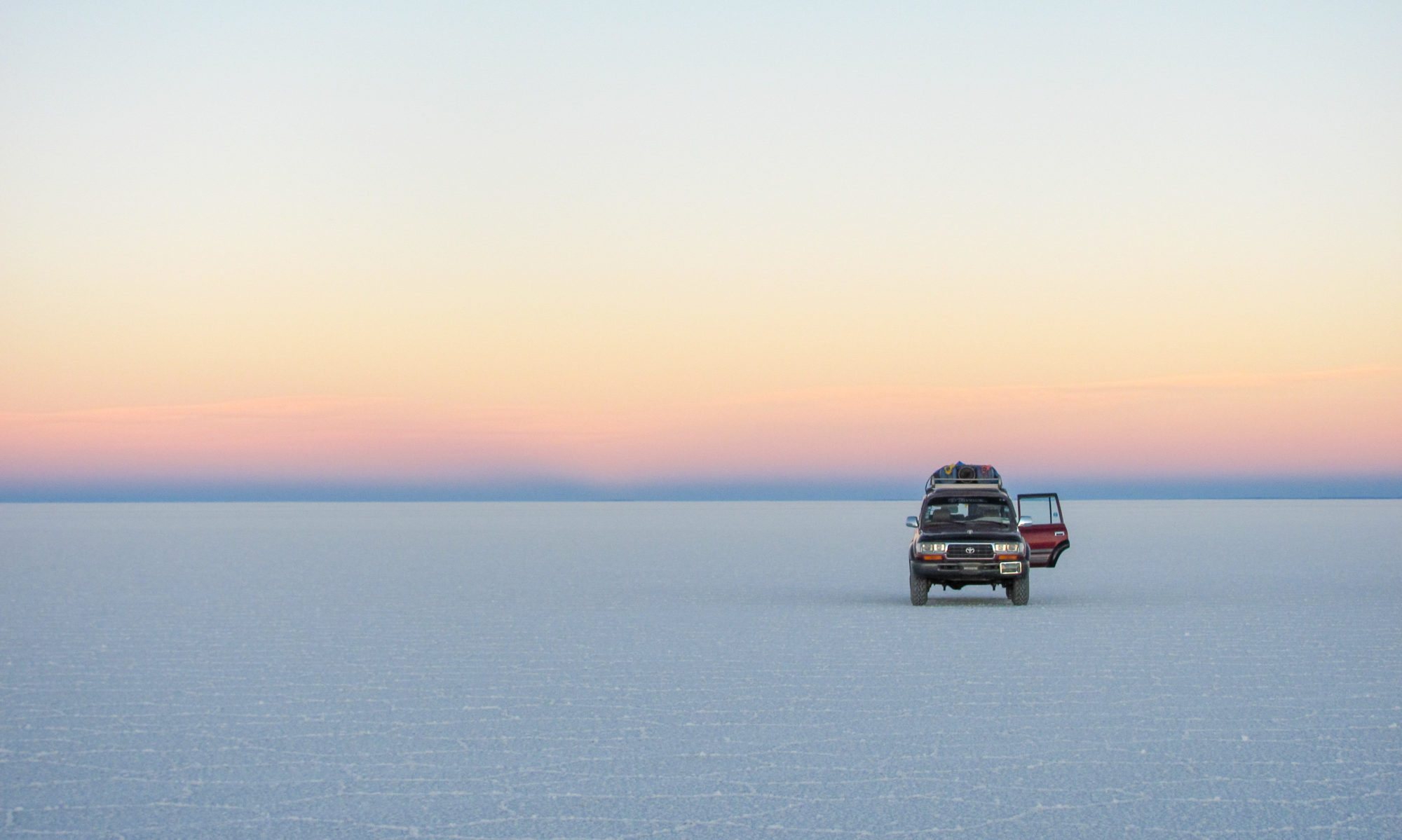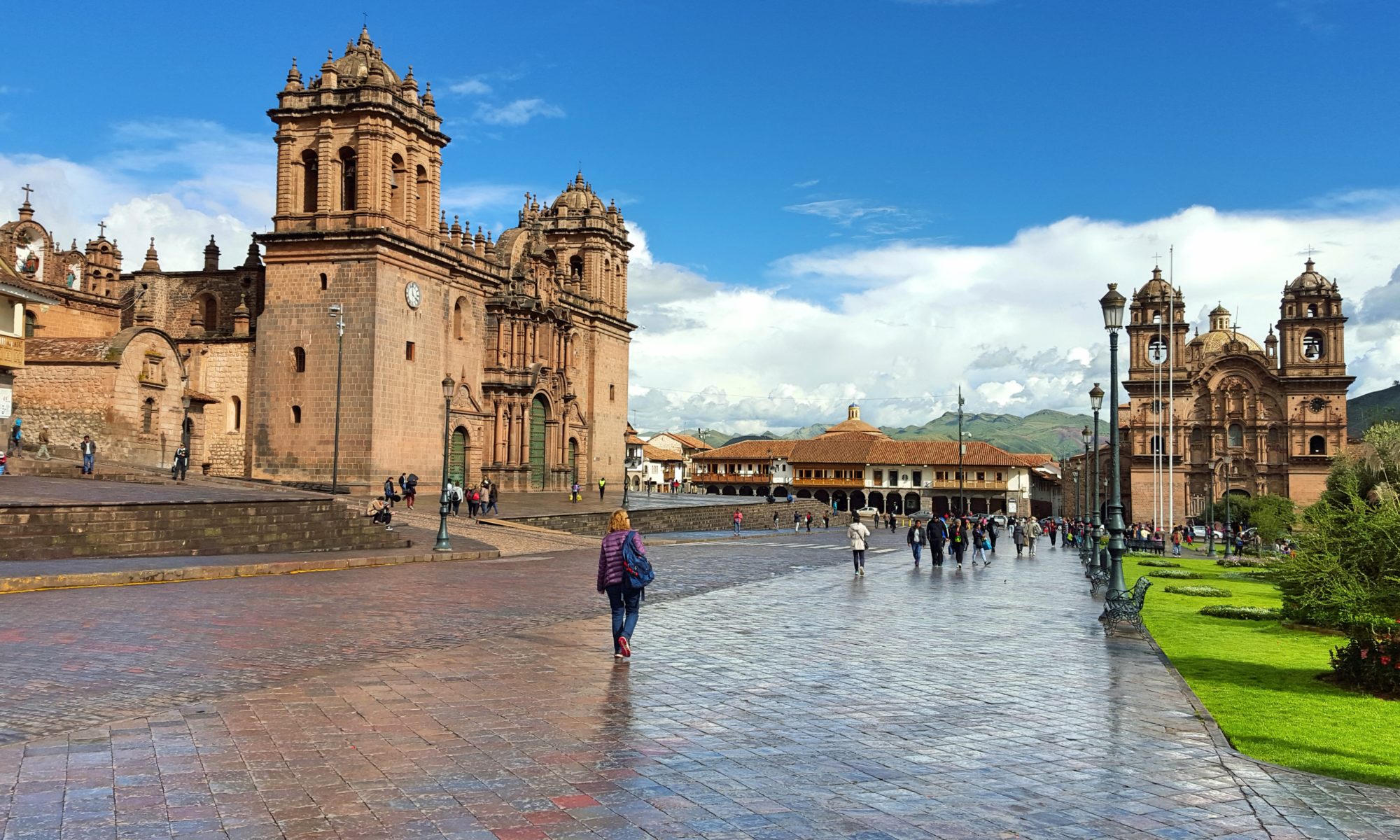As the gateway to Machu Picchu, Cusco is rarely skipped on a trip to Peru. What once was the sparkling capital of the Inca’s has turned into a true backpacker-mecca. Very touristic, full of hawkers, but charming nonetheless. If you are looking for a comfortable base to explore the sacred valley, go out on treks or if you just really love the vibe of a backpacker-filled city, this is your spot. So if you want to know what to do in Cusco, read on.
– What to do in Cusco –
The charm of Cusco
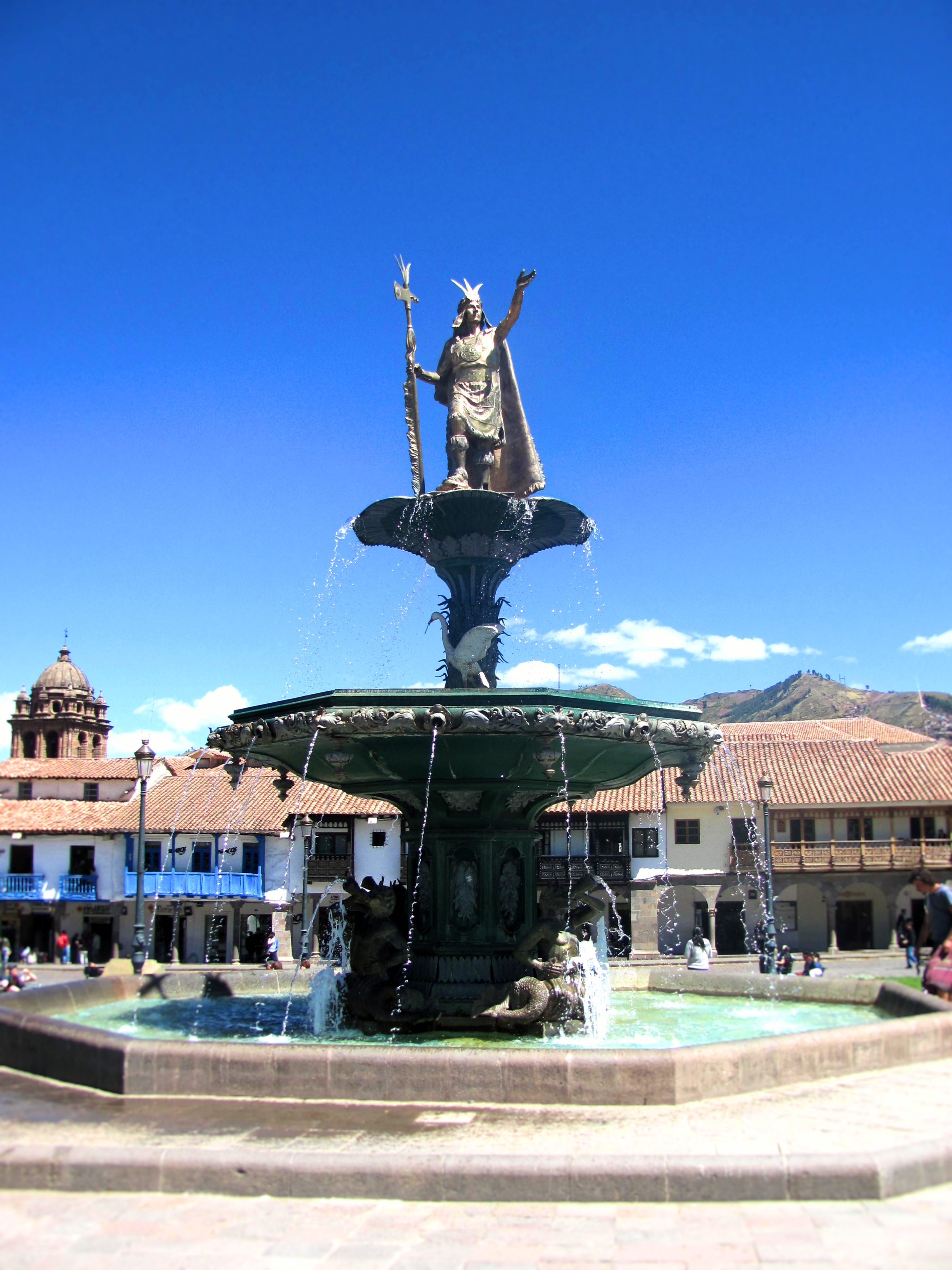
It is a weird mix: the seemingly best preserved old Inca architectural buildings house the most modern venues. You’ll be surprised to see old cobble stoned buildings at the Plaza de Armas give host to MC Donald’s and KFC. For its 350,000 inhabitants Cusco (or Cuzco in English spelling) looks and feels surprisingly small. All sights in the centre can be visited by foot and there is virtually no high-rise. Many long-term travelers stick around this charismatic town for multiple weeks due to its relax vibe, amenities and the surplus of like-minded travelers.
Nonetheless there is no need for fear of missing out if your staying shorter as all points of interest can be visited in a day or two. So apart from trekking, visiting Machu Picchu and exploring its surroundings here is what you should do when in Cusco.
Doing an independent walking tour in the old centre
With it being the old capital of the Inca’s there is no getting around checking out the old architecture and soaking up some culture. A great starting point it to just walk around and lonely planet’s free walking tour provides a perfect route to do so. If you do not carry one, or think the route is too long I would suggest the following. I am assuming you have downloaded an offline map or carry a real one.
Start at the Plaza de Armas, which is the heart of the city and a great place to find a restaurant or bar in the evening. This used to be the Haukaypata, the old Inca main square. Head southwest to the plaza San Francisco and from there further on to the San Pedro market.
Get juiced up at the San Pedro market
The San Pedro market is the perfect place to start any day with a ‘jugo de fruta‘, or ‘zumo de fruta’. Fresh fruit-juice mixed with either water, orange juice or milk. A bit Spanish is helpful here as the two languages spoken are Spanish and Quechua (the old Inca language), I am assuming here you don’t speak the latter;).
Pro-tip: After you empty your glass tell the lady at the fruit stall: ‘Yappa’ which is Quechua for ‘more’ and a sign of appreciation. She will gladly give you a free second serving.
Try stall nr. 63, which belongs to a sweet old lady that will give you three full servings and will not stop chattering your ears off in a mix of Spanish and Quechua.
The San Pedro Market is also a good place to get a ‘Menu del Dia‘ a three-course lunch menu (not always of the best quality and taste) that goes for as little as 5 soles. An easy money saver is to have your main meal during the afternoon instead of in the evening. You will generally get the same amount of food for half the price.
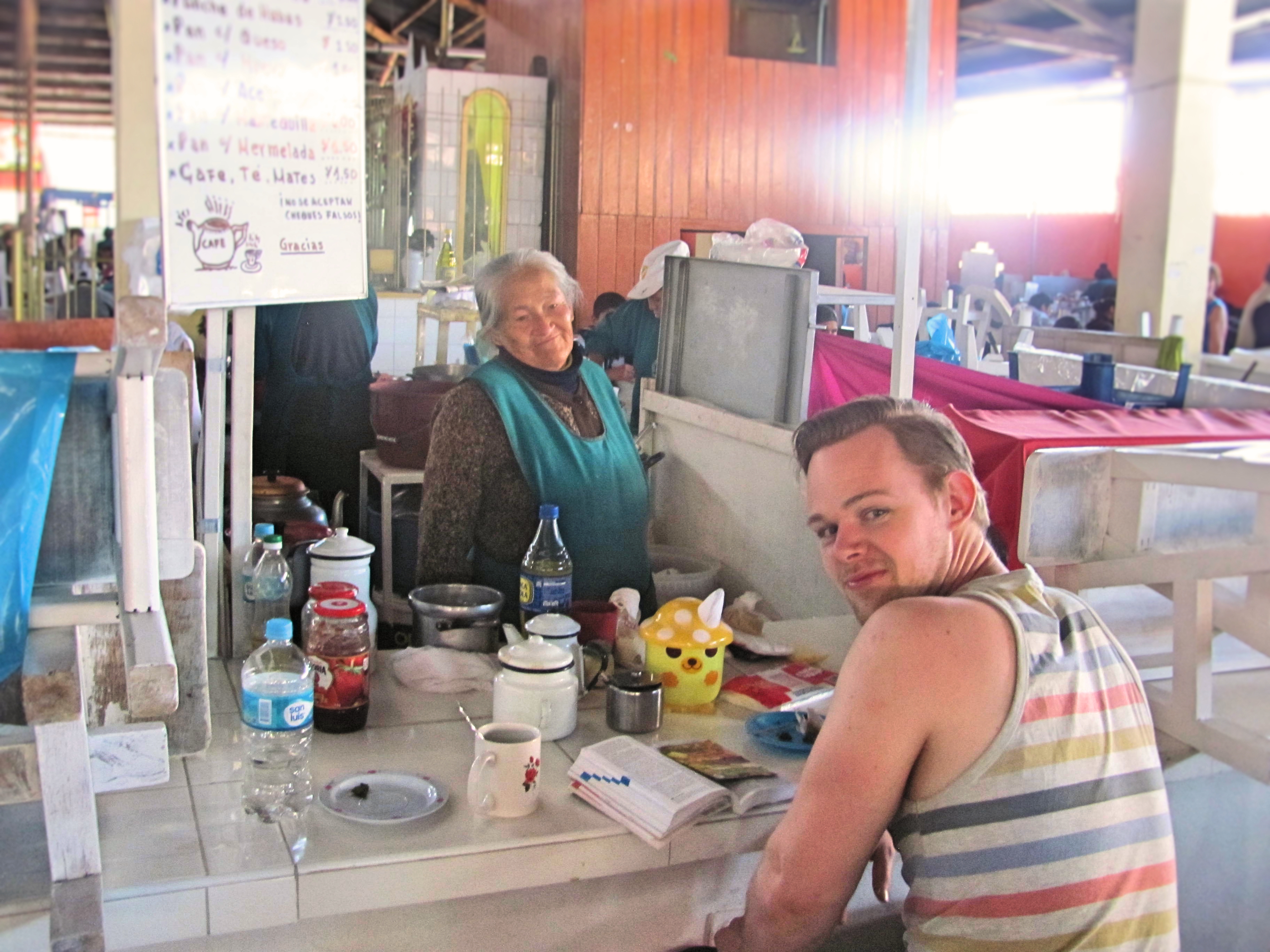
From the market head up to the Palacio de Justicia. Enter the little street called calle Loreto, a small walk-way with old Inca-walls on both sides. This brings you back to the Plaza de Armas.
Hike up to Sacsayhuaman
If you are up for some more walking, head up to Sacsayhuaman which is about 30-40 minutes steeply up hill from the plaza. This used to be a massive structure and is still an impressive sight. When the Spanish Conquistadors invaded the Inca lands they did not believe that the Inca were capable of building such complex structures. This is what started the legends about the Inca’s being in contact with aliens. Still a popular topic on The History Channel.
If you made it this far it is only a 10 minute walk to the Cristo Blanco, the 8-meter high white statue of Jesus Christ. A post WWII gift from the Arabic Palestinians. The Cristo Blanco can be seen overlooking Cusco from almost every place in town. It gives you the best viewpoint to overlook the city. Walk back down to Mirador de San Christobal which also offers a decent view, but if you went up to Cristo Blanco this will not impress you much.
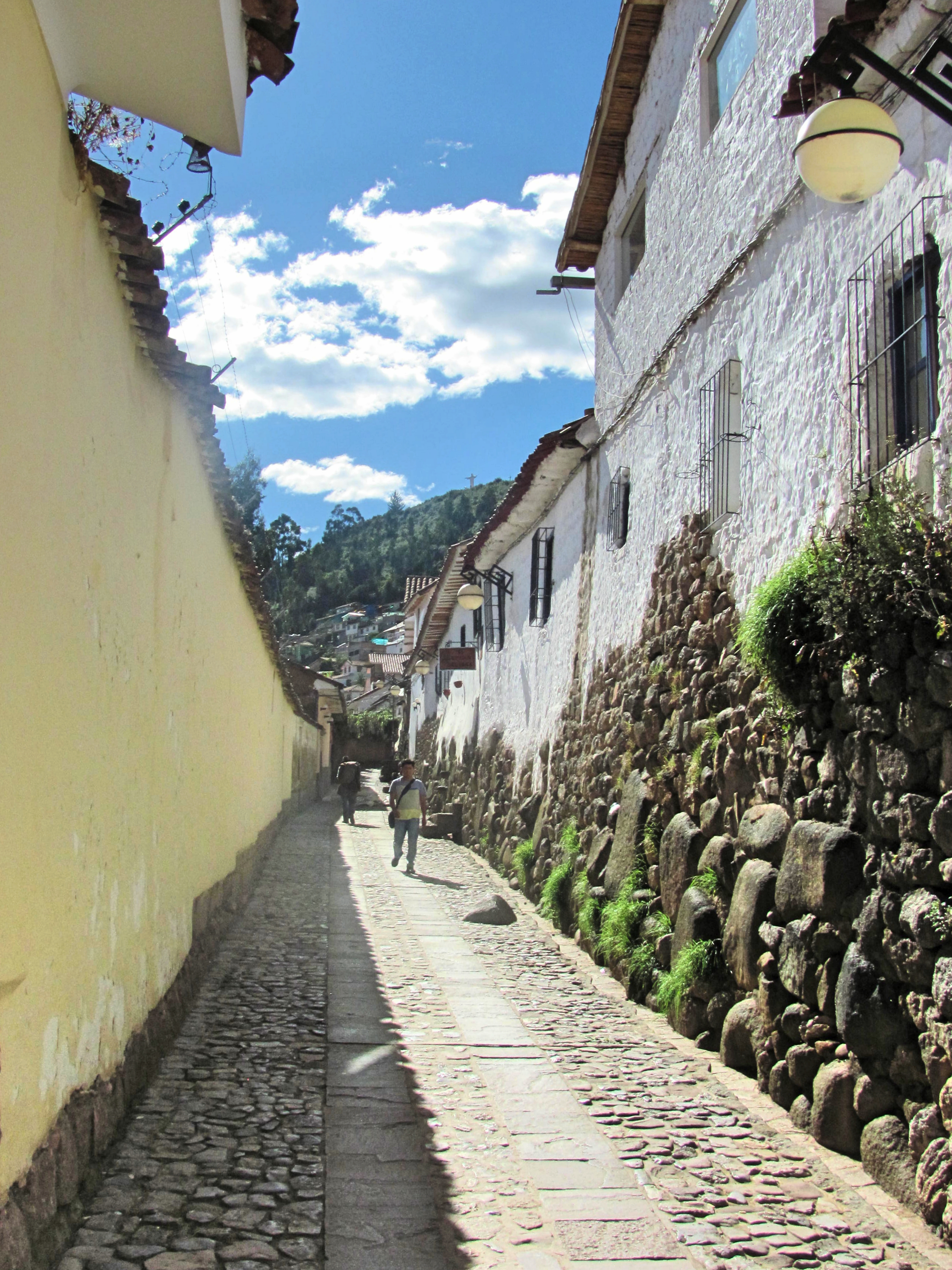
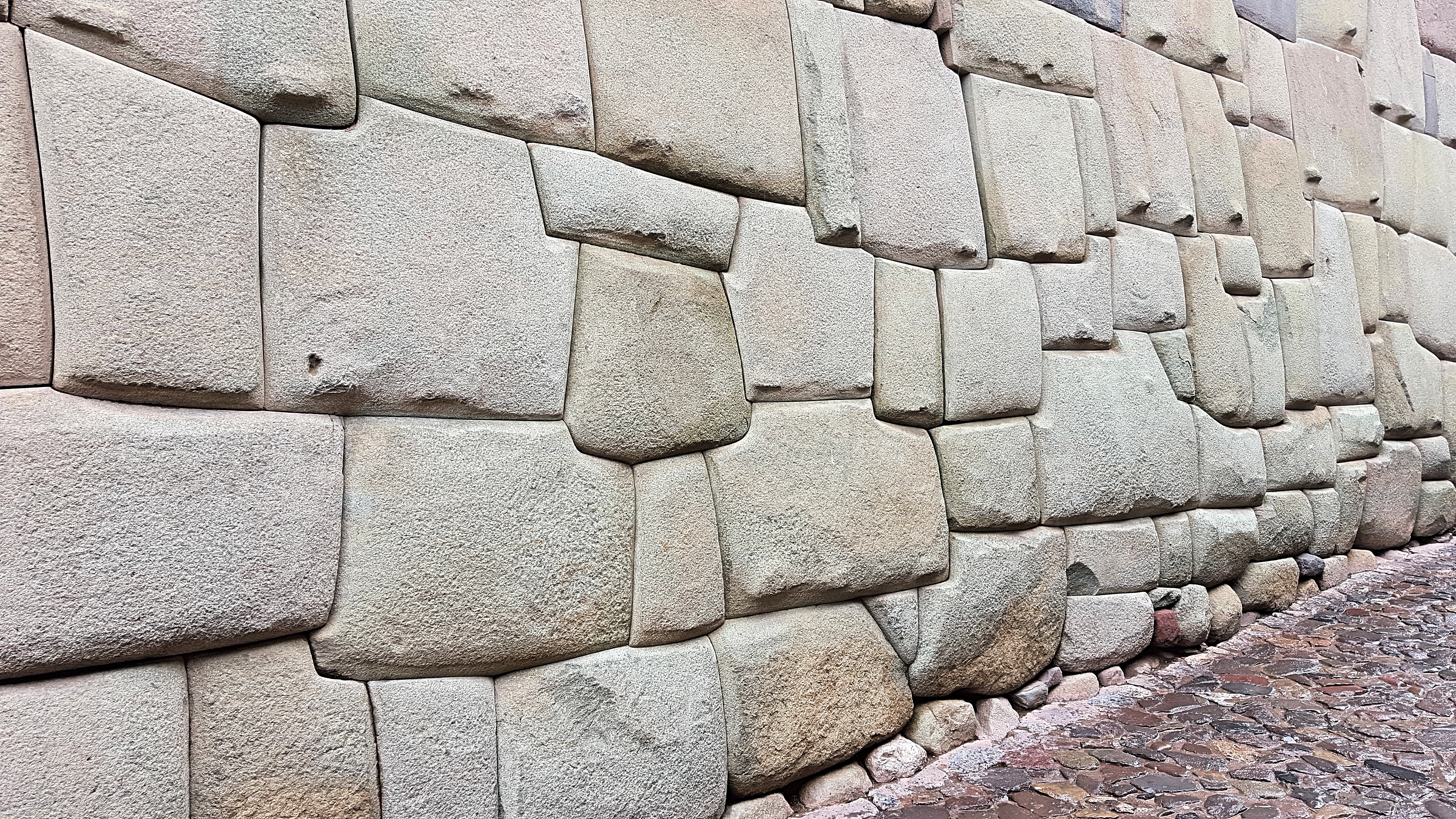
Seeing the museums
If you are really into museums you can buy a ‘boleta religioso’ which gives you access to the four main churches. This includes one in San Christobal. In all honesty, they are not impressive at all. If you are also visiting Lima you are better off visiting the religious buildings and museums over there.
A fun and free thing to do is a visit to the Chocolate Museum (‘Museo de Choco’, Calle Garcilaso 210) which includes a free tour with a lot of tasting. It also organises cacao-farm tours and organic chocolate-making workshops. The latter will cost you 70soles.
Try the best coffee in town in the Museo del Café , this more up-class venue gives you a free insight into the way coffee is farmed and produced in Peru. A cup costs a bit more than you would like but if you are into coffee it is worth it nonetheless.
Further I recommend to just enjoy Cusco. Make use of the cheapest massages I encountered in South-America, eat the good food and take it easy. Cusco is perfect to acclimatize to the altitude, for example in preparation of a multiple-day trek. It offers all travel/trekking-gear you can think of. Both in sale and rental, so even if you did not plan on trekking, it is not too late to change your mind!
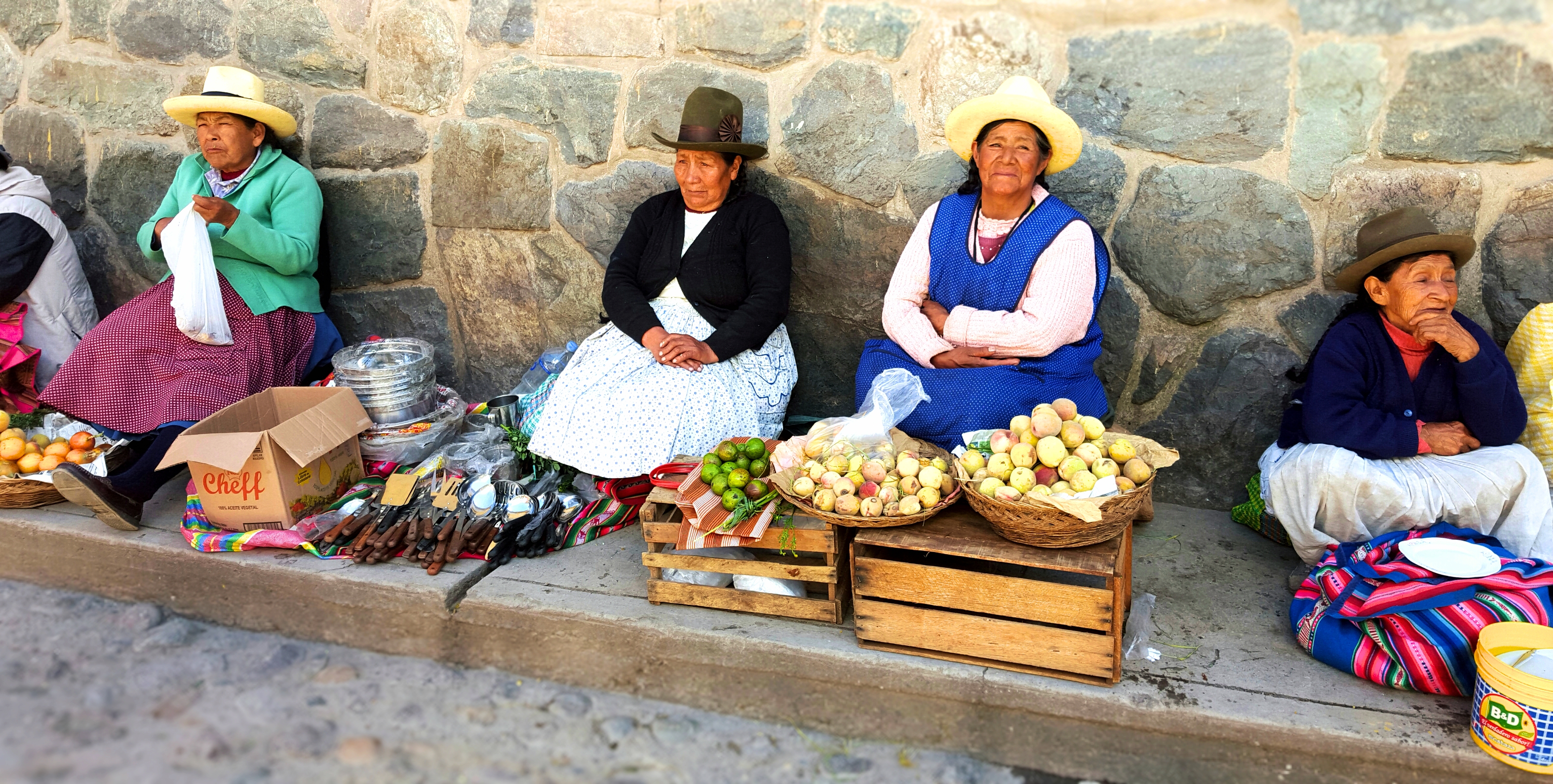
Around Cusco
Definitely worth the visit is the Sacred Valley which offers horse-riding, world-class rafting on the upper Urabamba river and is also the place you should go if you want to try out Ayahuasca or San Pedro. Don’t attempt rafting at the lower Urabamba. These parts are very polluted and mostly visited by the cheaper tour-companies.
Ollantaytambo offers fantastic Inca-ruins but the many lorries that try to squeeze through its tiny streets make it an unpleasant place to be. Do not stick around. Lastly, obviously one cannot visit Cusco without also visiting Machu Picchu. Check out this article on how best to visit these sacred Inca ruins.
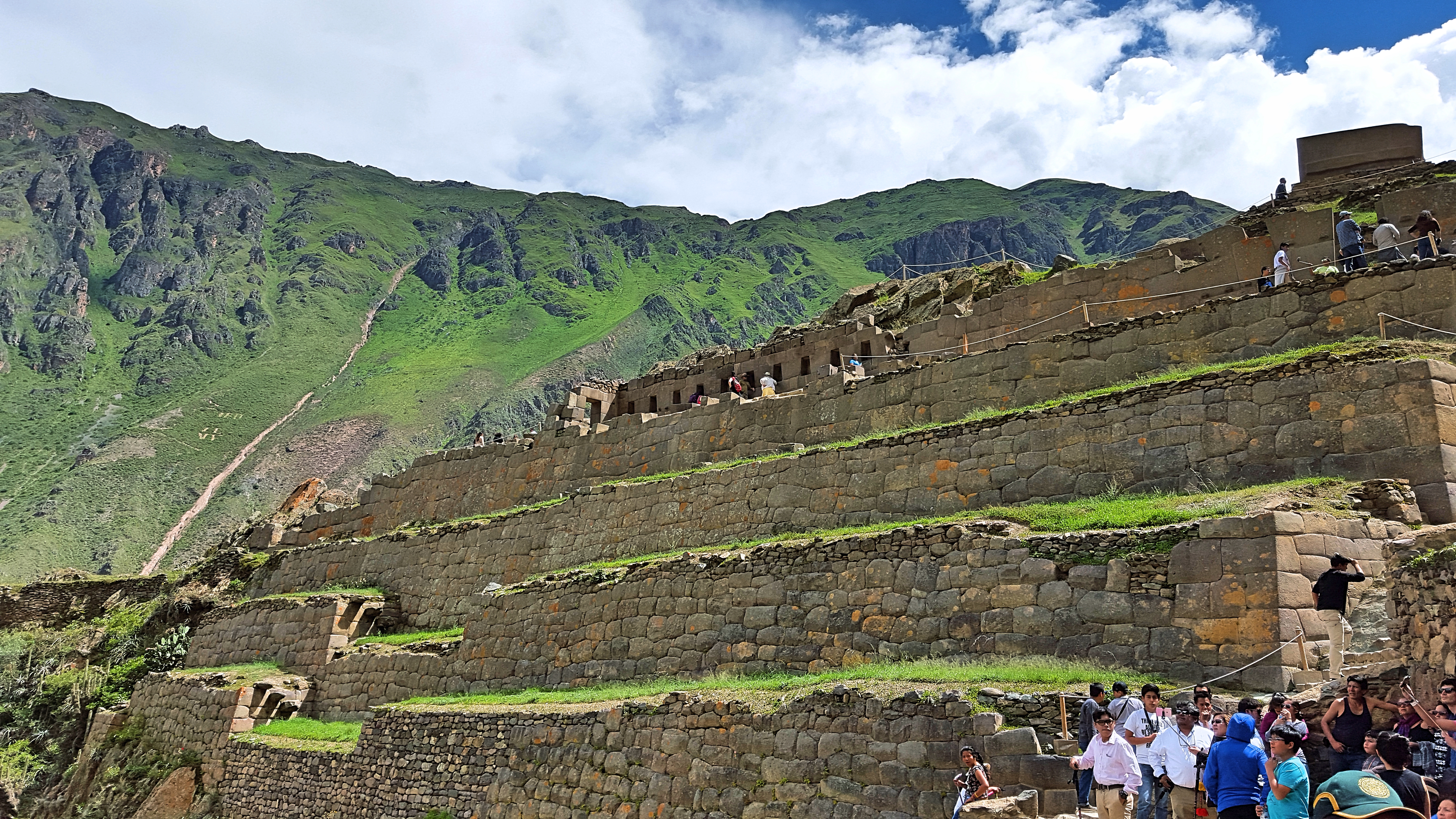
– What to eat and where to sleep –
Eating
If you want to sample Cuy (guinea pig), Cusco is not the place as you will be overcharged by a lot. It is best to try this local delicacy in a random nearby village to end up with a cheaper, fresher and better tasting dish. Take a collectivo out of town for 2 or 3 soles. If you dare to watch you can pick one out yourself which they will prepare right in front of you.
If you are craving western food there is just no beating the lush portions of Jack’s Cafe. A lesser known restaurant which is perfect for dinner is Tabasco Café, located next to the San Blas plaza (Carmen Bajo 169). They serve delicious food at very sharp prices. We paid 38 soles for 2 persons including 2 beers each! The interior is a bit dated but that just adds to the charm.
Sleeping
We found out that Booking.com will consistently give you the best rates on hotels. To make finding the perfect spot a little easier we made a selection for Cusco. Click the link below to find the best places to stay in Cusco.
Kokopelli Cusco
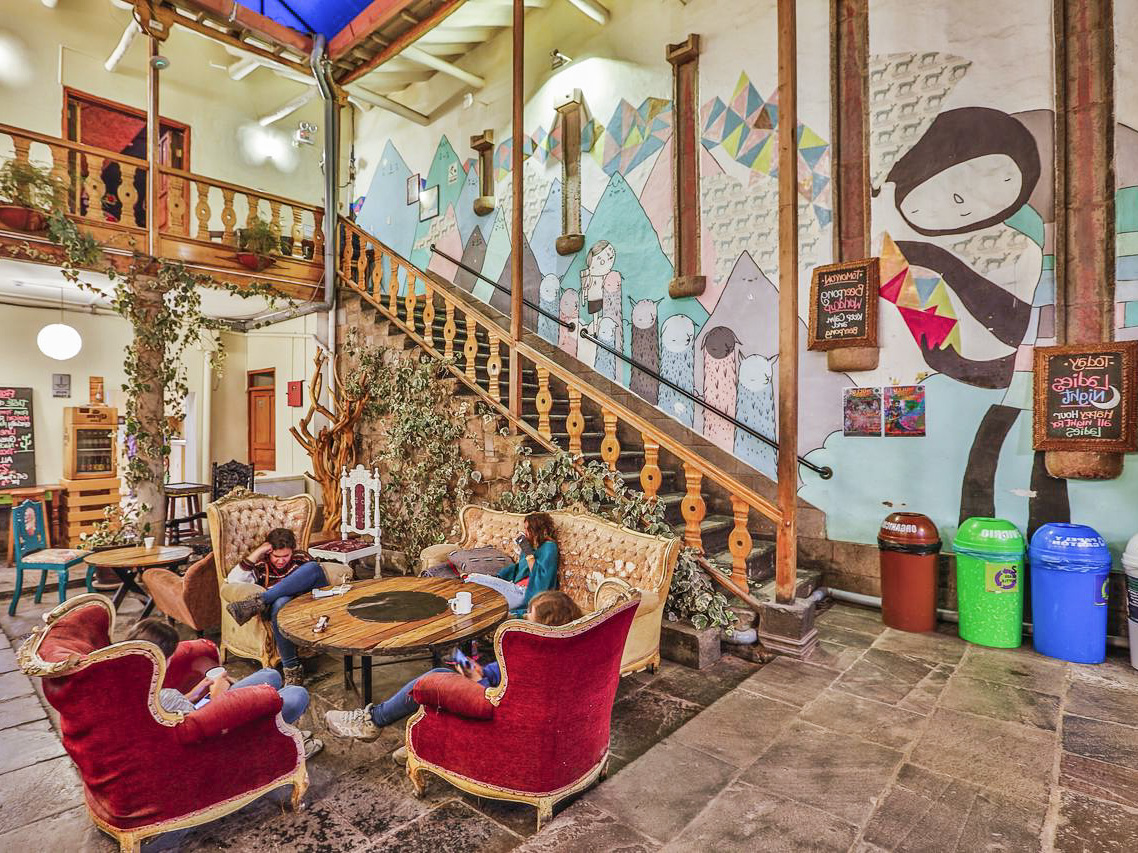
For the best dorms in town you should head to Kokopelli. They offer ‘sleeping-pods’. Very comfortable wide dorm beds with thick curtains and a backpack-sized locker (with 12V plugs) behind your head. A bed starts at 30 soles a night. Kokopelli is not a crazy-party hostel but a really social hostel nonetheless. They offer many social activities ranging from beer-pong tournaments to pasta-nights. If you stayed at Kokopelli Lima or Paracas before you’ll get 10% off!
– Practical information –
When
May – September April, October, November December – March
Budget
| Daily Budget | 40 EUR ( 45 USD) |
| Street food | 5 EUR – ( 6 USD) |
| Meal in a restaurant | 10 EUR (12 USD) |
| Dorm | 8 EUR – (9 USD) |
| Double in a 3-star hotel | 25 EUR – (30 USD) |
In & out
Cusco has an international airport, Alejandro Velasco Astete. The airport is located 5 km from the plaza. It should not cost you more than 5 soles to get there by taxi.
The main bus terminal, Terminal Terrestre, is about 2.5km. This should set you back about 3-5 soles or takes you 40 minutes to walk. Almost all bus-companies service this station and buses leave to most bigger places in Peru and to Copacabana & La Paz in Bolivia.
There is a train going to Ollantaytambo or to Puno but these are really expensive. Think 100 dollar plus. The train to Ollantaytambo used to go all the way to Aguas Calientes. Due to a spill-out during a flood the last part of the trip can now only be done by bus.
– Things to take when traveling to Peru –
There are a few items that I would pop into my bag for a trip to Peru. Firstly, always take many layers of clothing with you. Being in the Andres means that the weather switches rapidly. Be prepared for both sunshine and rain. But more importantly, be prepared for rapid switches in temperature. Thermals and swimming shorts in the same daypack? In Peru its not as weird as it sounds.
Fjallraven trapper hat
Even in the coldest nights on the altiplano you won’t get cold ears while wearing this trapper hat. It’s simply not possible. The big advantage of trapper hats compared to beanies is that they warm up your whole head instead of just the top and they fit tightly around your head, meaning you wont lose it while mountaineering in the Andes. Fjallraven Kanken is a Swedish premium brand that uses sustainable materials. Also their products just look damn good. It’s a little investment, but one that’s worth it.
Thermals
Besides wearing a warm hat or beanie, the best addition to your travel wardrobe is skintight thermal underwear. Super comfy, light, small to pack and it transforms any normal pants into super warm isolated pants. I value thermal underwear over a thermal shirt because to warm up your upper body you can simply stack all the shirts you are carrying on top of each other while stacking multiple pants is harder. Also your legs are not used to this added layer so wearing thermals will work wonders on the ‘feel temperature’. LAPASA thermals are designed for travel and come in at a very good price.
Power bank
The usefulness of a power bank is self-explanatory. Being able to charge your phone, tablet, camera, GoPro or e-reader on the go has made traveling so much easier. I use this particular power bank over a year now and its just perfect. The 20,000mAh provides my IPhone with about 5 charges, the double port means I can charge my camera and phone at the same time (or be a life saver for the person sitting next to me) and the LED torch in the middle is super useful when you try to find something in your bag on the bus in the middle of the night. The display is useful as well and tells you a whole lot more about the current charge compared to ‘3 out of 5 lights left’. Oh and it comes in at HALF THE PRICE of a Anker power bank. I have yet to find its flaws.
Lonely Planet
Because its just the best compact travel guide out there. I always take a lonely planet with me for its practical information, background on certain sights and for when I find myself unexpectedly off the beaten path in search of accommodation for the night. For me this is still the best way to read up on a destinations in long haul bus rides. You don’t need internet or battery-life which even on a luxurious bus in Peru can really come in handy sometimes;)
